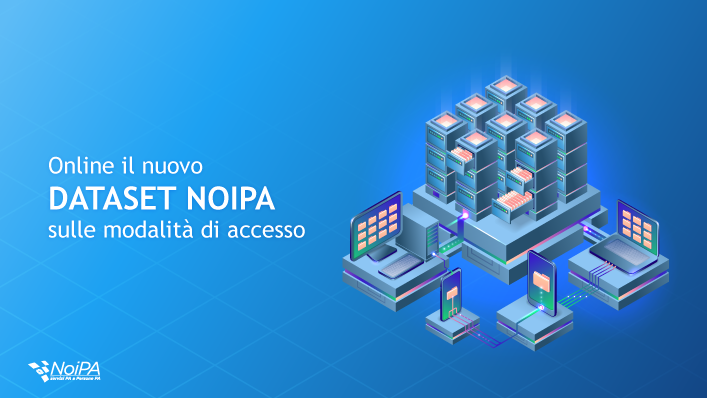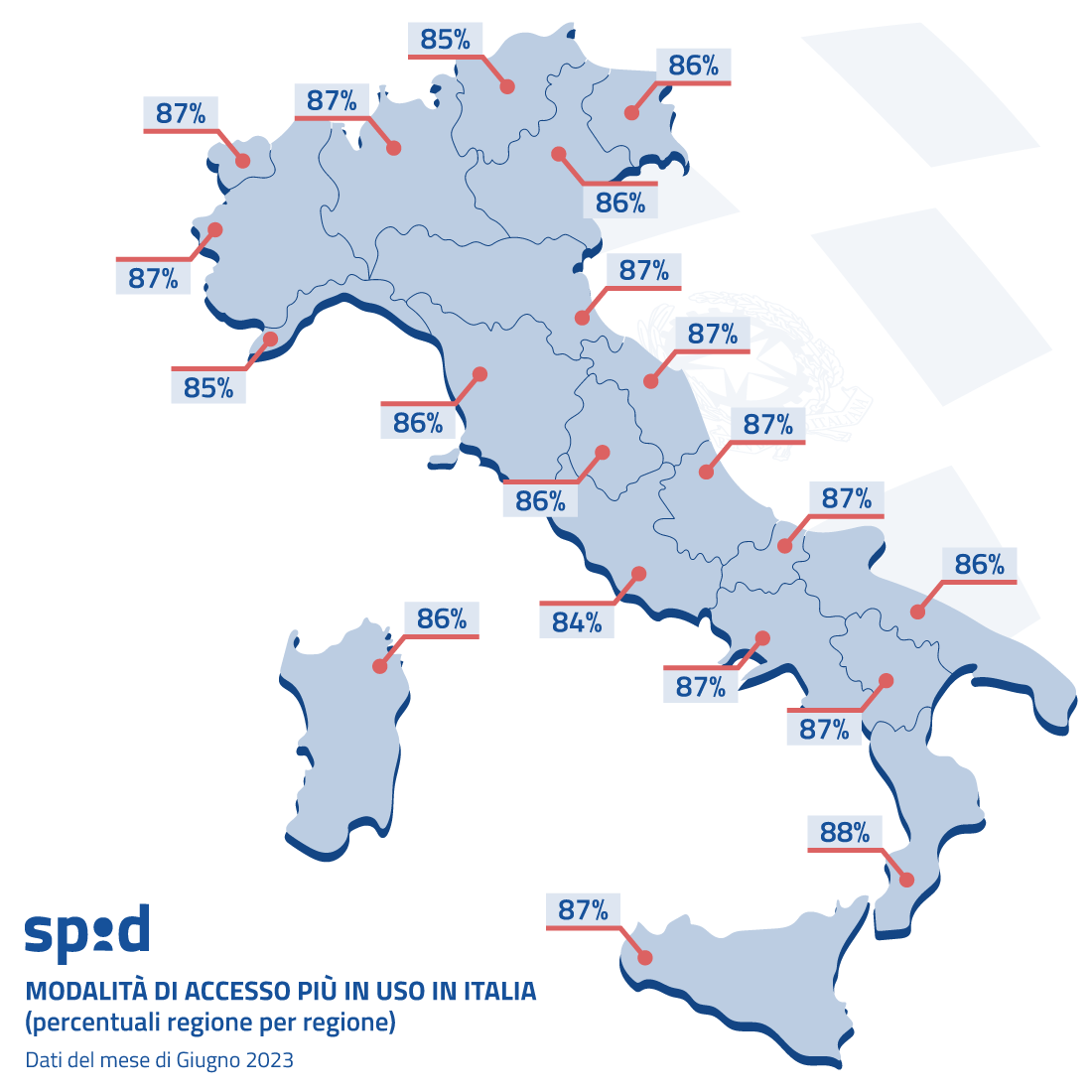The “access methods” dataset enriches NoiPA’s Open Data offering
NoiPA’s information assets continue to be enhanced with the publication of a new dataset on access methods to the private area of the portal.

The dissemination of “Open Data” represents an important initiative aimed at enhancing NoiPA’s valuable information assets and promoting transparency and knowledge of the Italian Public Administration. The availability of NoiPA datasets, accessible to all citizens, allows the creation of analysis tools, based on the data from about two million public employees, with maximum respect for the privacy of the people involved. This initiative, not only allows a clearer and more complete view of public administration activities, but also offers opportunities for study and research to improve the efficiency and effectiveness of public services.
The datasets are released in Linked Open Data (LOD) format: a publication method based on open web technologies and standards that allows data from different sources to be linked, with the aim of enabling in-depth analysis across various domains of knowledge and reuse of information.
Specifically, the latest available update, published on the Dataset page in the “Administered” section, guarantee to monitor the access modes to the reserved area of the NoiPA portal. Analysing the data, is possible to notice a clear preference for access via SPID: chosen by over 86% of total users. This data is also confirmed on a regional basis: the use of SPID remains the favorite access mode used by citizens of all regions without substantial differences, as illustrated by the infographic below.

Examining portal access data, there is also a significant prevalence of the population aged between 45 and 64 years, without gender distinction, equal to almost 60% of the total number of employees who used NoiPa in June. In this case too, there is a prevalence in the use of SPID as an access way chosen by almost 50% of the subjects considered.
The information in the dataset, referring to June 2023, can be consulted not only by region of residence of the administered person but also by Administration of belonging, age group and gender. In addition, as already happens for other open data on the portal, it is possible to follow the evolution over time of information as datasets are updated and made available every month.
02/08/2023


